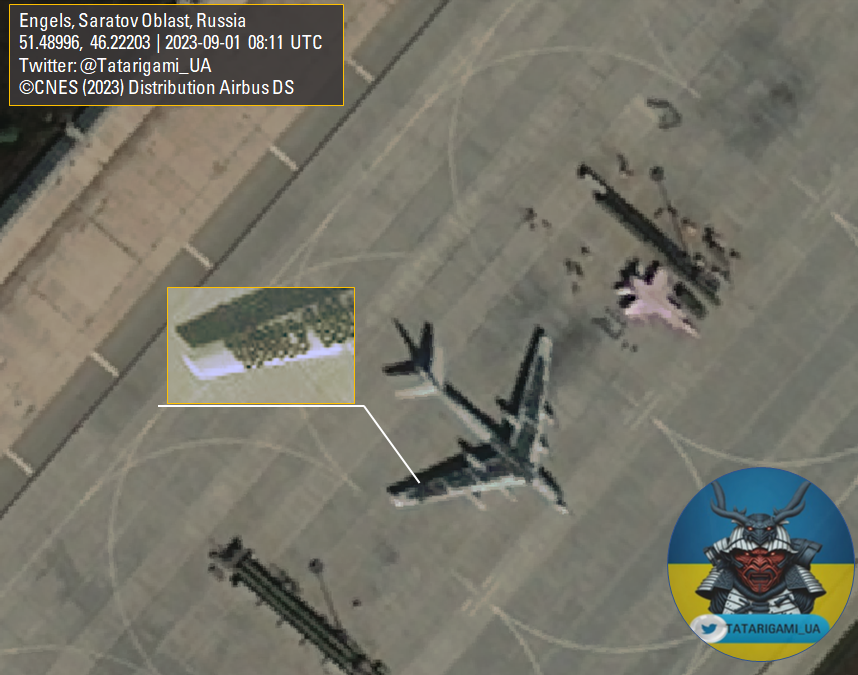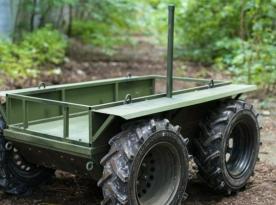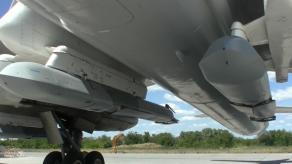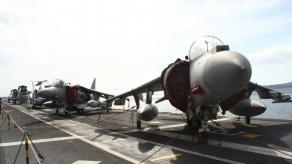A few days ago, satellite photos of the Engels air base appeared on the web. At this airfield near russian Saratov, several Tu-95 and Tu-160 strategic bombers were photographed covered in car tires – the purpose of this odd "enhancement" was unknown and seemed unreasonable.
Mainly because it would be barely any effective as a means of physical protection against drone strikes, instead likely to help burn the aircraft down if fire were to break up. In any case, installing about a hundred tires onto a plane is a non-trivial and time-consuming task to do on a whim.
Read more: They Invented a Strange Way to Protect Tu-95 Strategic Bombers With the Help of Car Tires In russia

The possible explanation was suggested by The Drive who received an insight from an unspecified "Ukrainian official" that sheds light on the matter. The official confirmed that the Neptun anti-ship missile of Ukrainian manufacture was re-made into a land attack weapon.
Once launched, this new version of Neptun arrives in a designated area and starts searching for a target. In the final stage of its flight, "the missile then employs an infrared imaging seeker to search for and lock onto a target based on a pre-loaded image."
That said, an aircraft has a different thermal signature when covered with tires. So if a Neptun approaches the target, it cannot match the new outlines of the bomber to any image in its memory bank and "aborts the attack."
Worth noting, the same technology is used in such other missiles as Storm Shadow, Naval Strike Missile, and SLAM-ER. On the other hand, Neptun was initially created as an anti-ship missile with a radar signature seeker, the one showcased in the video below.
It would be more logical to continue the works on the existing homing head to make it capable of acquiring targets stationed on the ground. Especially since the Ukrainian Navy already has a type of missile implementing this method of guidance, the AGM-84 Harpoon anti-ship missile which is capable of land strikes in the Block II version.
In the meantime, altering the homing head altogether, like it was made in Neptun, is more complex than just replacing the guidance unit. There are also issues with balance adjustment, power supply, maybe with the homing head cooling system, making a new nose cone, etc. The most important though is the development of this kind of homing head or receiving it from abroad partners.
Ultimately, from the pragmatic perspective, additional guidance on the terminal stage is superfluous because in many cases DSMAC guidance would be enough, it's when a cruise missile is constantly scanning the surface beneath using optical, thermal imagery or radio waves and compares it to the GPS-bound reference in the memory.

DSMAC plus satellite and inertial guidance are enough for such weapons as Tomahawk to launch successful attacks on stationary targets. In the case of russian strategic bombers, we should count them in as "stationary" since they spend hours staying on the same spot. It would take much less than that for a Neptun missile to deploy and reach them from any hypothetical launch site.
Of course, if only it really managed to increase its attack range: Engels air base is located 650 km away from Ukraine's border, whereas the basic anti-ship variant of Neptun had a maximum range of 300 km (~185 miles).
Read more: MiG-29-Launched Ballistic Missile? Sounds Unreal But India and Israel Made It Happen














